In winter, icy gyres of the Southern Atlantic drive huge storm fronts against South Africa’s western coastline. Just inland is the Cederberg, part of the Cape Folded Mountain chain, which duct the freezing air upwards until it forms snow, blanketing the peaks in white.
Gifberg (Poison Mountain), rising 600m above the coastal plain within the Matsikamma range, is further north and slightly warmer. For thousands of years these mountains were part of the home range of a Khoe-Sān hunter-gatherer group known at the /Xam.
On the eastern, more sloping side of the Matsikamma mountains, great lengths of time and a wetter climate cut into the sandstone to form potholed gullies and deep canyons as the golden, tannin-laden water flowed towards the Karoo, looking for a passage to the sea.

Gifberg River (Image by Don Pinnock)
The caves are silent, but the patina on the rocks where they sat or placed their hands is polished glassy by thousands of years of skin on sandstone.
Winter nights on these mountains are freezing, but during the day, the sky can be cloudless. The fynbos is alive with birds and the veld is dusted with the yellows, purples and whites of small, sun-hungry flowers.
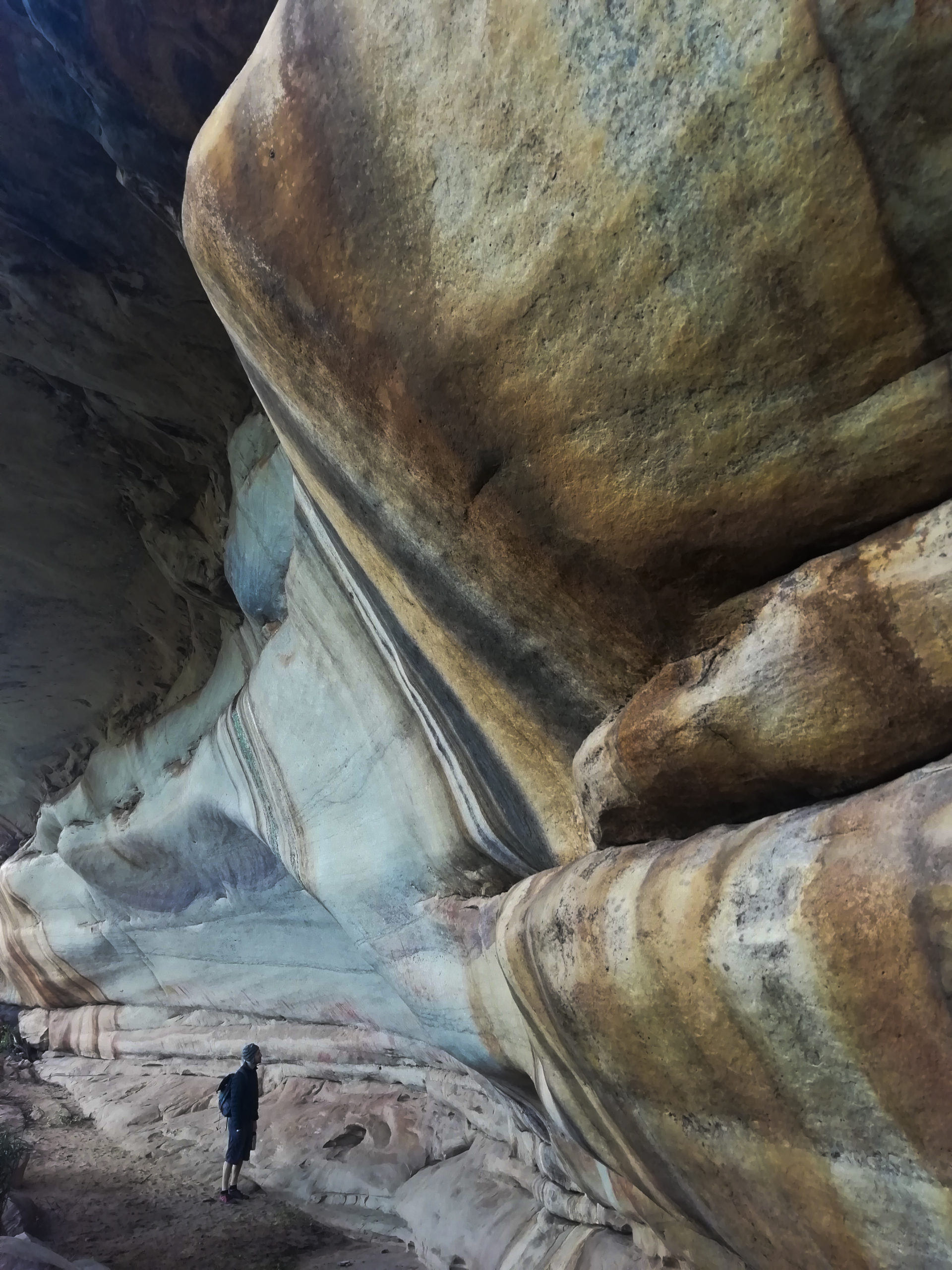
Gifberg overhang filled with rock art (Image by Don Pinnock)
The /Xam wintered in the Matsikamma canyons, protected from northwest storms beneath beetling overhangs and in water-carved caves. In these isolated rock keeps, they painted what was important to them and which gave protection from – or guidance into – a spiritual world that has now been lost. Their art is fading but still evocative, mysterious, magical.
In silent testimony to their presence are antelope, elephants, half-animal half-human therianthropes, entoptic lines, nets, dots and the people themselves, dancing. The caves are silent, but the patina on the rocks where they sat or placed their hands is polished glassy by thousands of years of skin on sandstone.

Gifberg (Image by Don Pinnock)

Gifberg (Image by Don Pinnock)

Gifberg (Image by Don Pinnock)
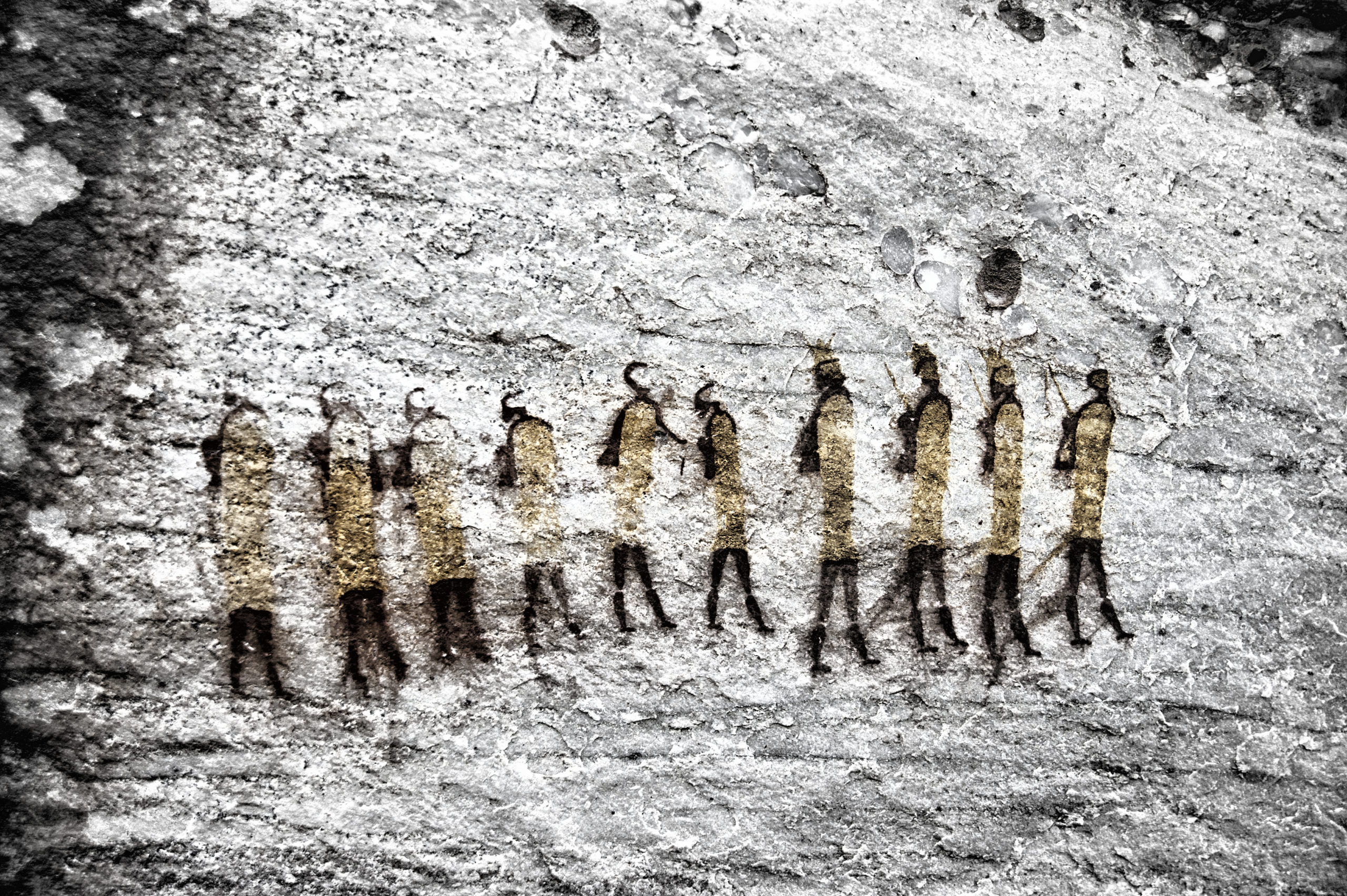
Gifberg (Image by Don Pinnock)
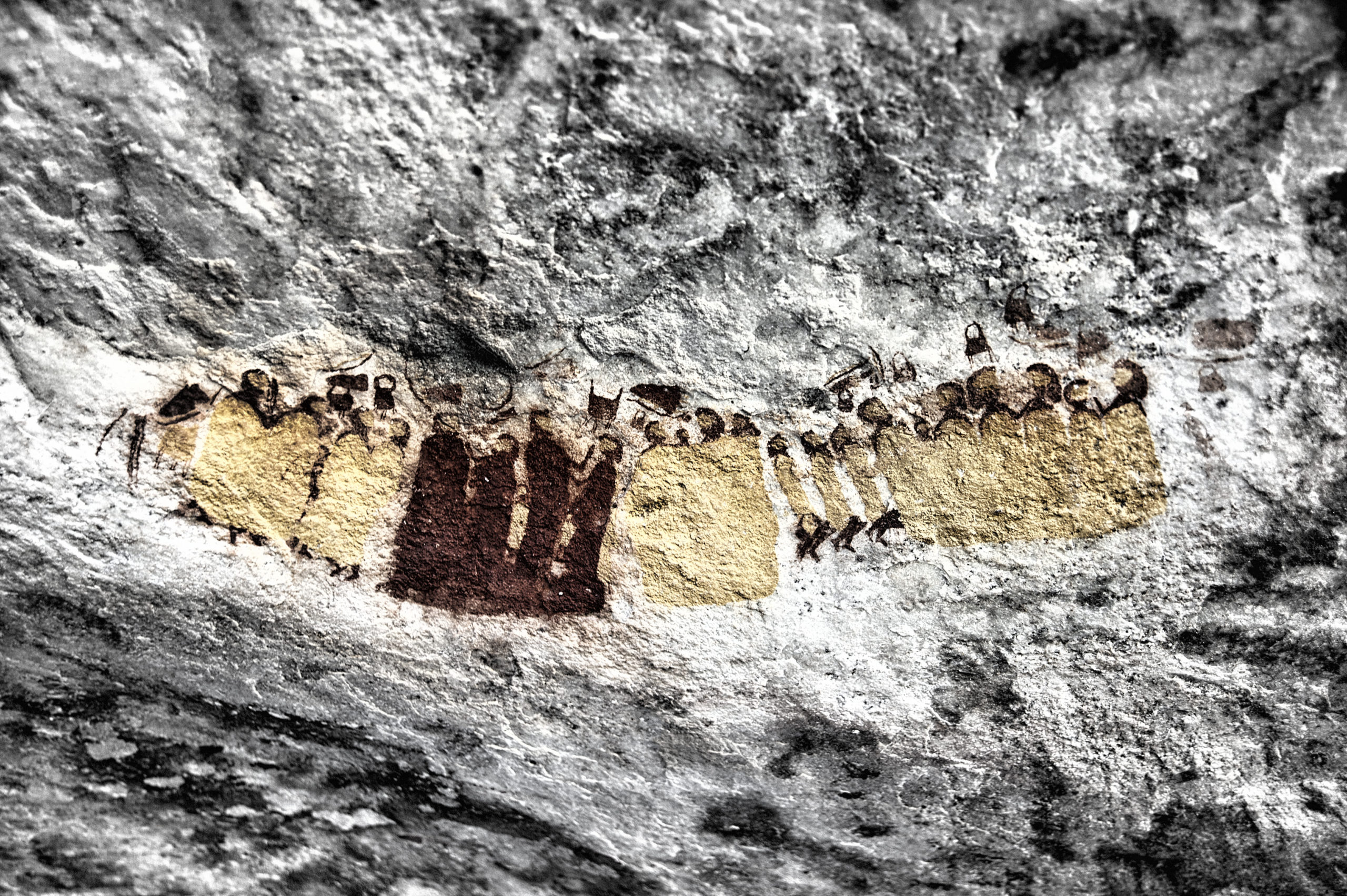
Gifberg (Image by Don Pinnock)

Gifberg (Image by Don Pinnock)

Gifberg (Image by Don Pinnock)
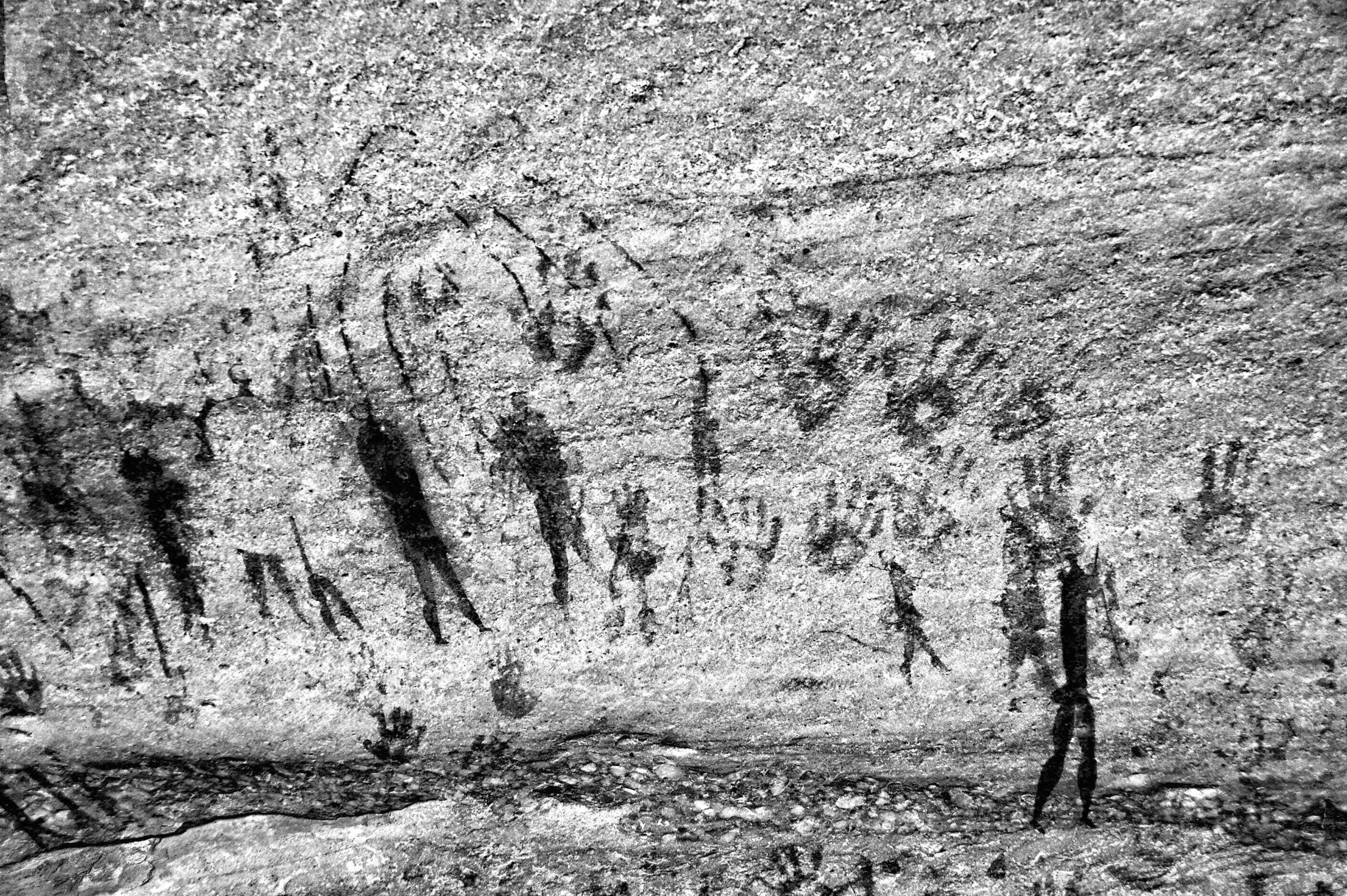
Gifberg (Image by Don Pinnock)
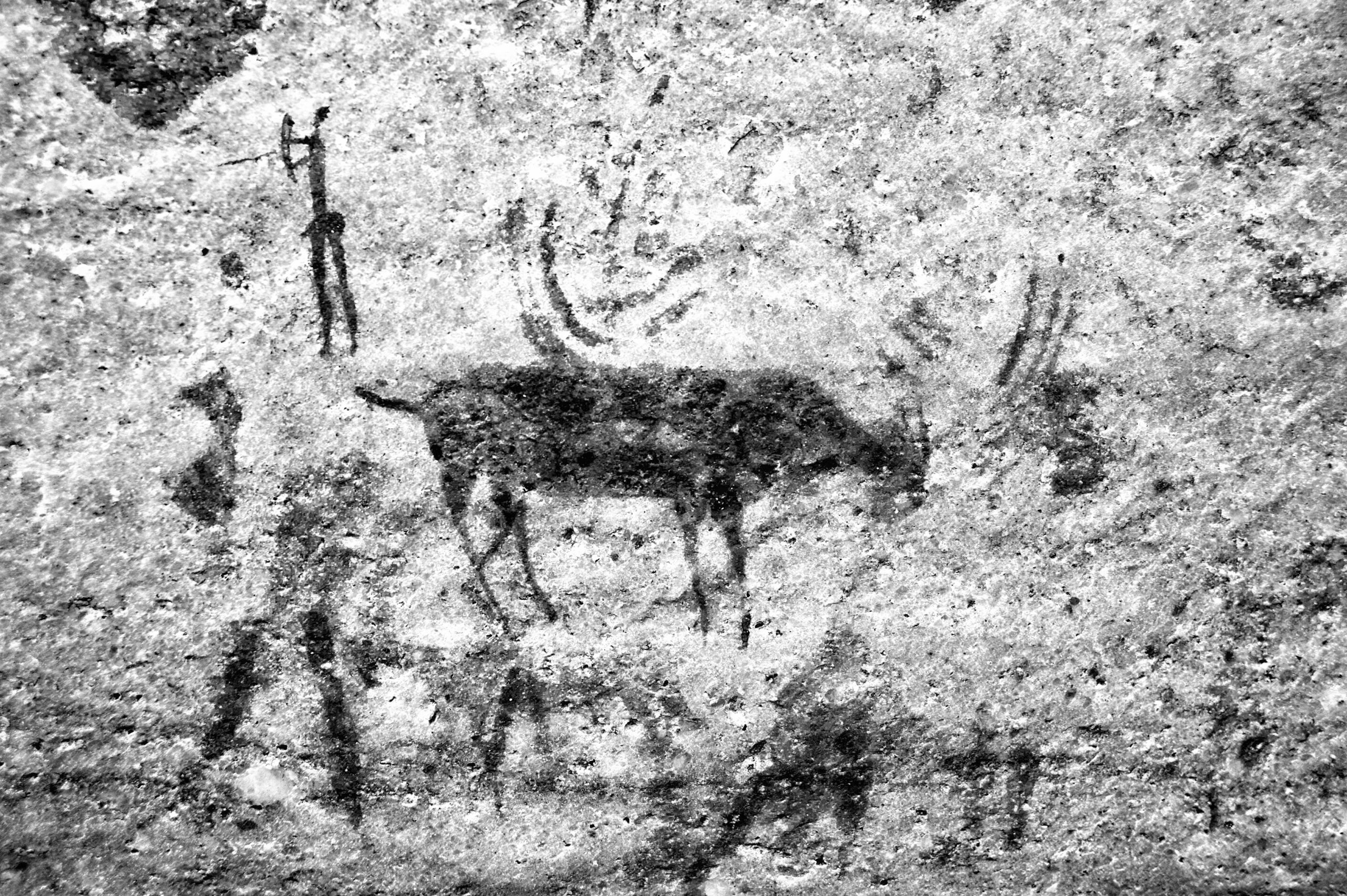
Gifberg (Image by Don Pinnock)
Most spoken languages of the Khoe-Sān (a term embracing both Khoekhoen pastoralists and San hunter-gatherers) have been lost, first replaced by Dutch, then Afrikaans, but they live on in hundreds of place names throughout South Africa. The sophisticated, filigree art of the San begs interpretation, but the colonisers dispatched their last artists without bothering to ask what it meant. We can only now speculate.
The arrival of the Dutch in the 17th century was a disaster for the /Xam. The first Khoe-Sān resistance to the Cape colony’s expansion beyond the Cape Peninsula took place when white farmers entered the Tulbagh basin at the beginning of the 18th century. In retaliation, a commando system was developed, setting a pattern of nearly two centuries of violence.
Just as the /Xam were reeling from these commando attacks, a smallpox epidemic swept through their bands. According to a report, among certain groups only one in 10 survived.
In 1725, the Cape government allocated the first loan farms in the Olifants River Valley west of the Matsikamma. The region supported herds of game including elephants, rhinos and hippos with an abundance of “veldkos” plant life. These farmers soon found themselves under attack from /Xam hunter-gatherers whose food source was being threatened.
By 1739, skirmishes had escalated into a full-scale war between white farmers and the /Xam across a wide front. With game being shot out, the hunter-gatherers had turned increasingly to cattle theft. The colony was in panic and Europeans sent to deal with the attacks were almost hysterically fearful of the /Xam’s deadly accurate poisoned arrows.
Commandos set out from Cape Town and Stellenbosch. Their ruthless search-and-destroy tactics were horrendous, with women and children killed alongside the men or enslaved. /Xam men were seen as fit only for extermination.
By the end of 1739, the Khoekhoen pastoralists and /Xam hunter-gatherers had been shattered, dispirited and many subjugated. As the now emboldened European pastoralists moved northwards into the Bokkeveld, Hantam and Roggeveld, those /Xam who could, undertook evasive migration into the high mountains or the deep Karoo. Those who couldn’t were “inboeked” (conscripted) into forced labour. Many of their descendants are still farm labourers today.
The Gifberg area, partly because of its remoteness and the presence of “gif” (Amaryllis belladonna) which is toxic to grazing animals, was of no interest to white farmers and would have been relatively safe as a place of refuge.
The /Xam were practiced exploiters of what, for them, was the area’s bountiful environment far from the pastoralists in the valleys and coastal plain below. They were also relatively safe from slave-capturing raids for a while.
But, from 1740, Cape government policy was to force on the /Xam permanent “tranquillity” – to either destroy them or take them captive. It was an exercise in crushing all opposition and acquiring labour. /Xam society along the Matsikamma range was gradually eroded and fell apart.
The end of the Khoe-Sān as a free people is poignantly captured by historian Nigel Penn in The Forgotten Frontier:
“The focussed drive of the Europeans, with a cluster of concepts based upon Christian certainties and a notion of power derived from material gain, proved to be of greater utility, in the long struggle for survival on the Cape frontier, than a world view where potency derived from the spirit of a dying eland.
“Time would unfold the paradoxical truth that peace would be as dangerous as war as far as the San were concerned, for in peacetime the insidious ideas of the colonists penetrated the minds of the San more easily and contributed to the eventual extinction of an entire culture.”
The way of life of the /Xam may have disappeared but not their genes, which live on in small, gracile farm workers along the Cape Folded Mountain chain and their beautiful, elfin children.
In the caves and overhangs of the Gifberg, as in many similar places throughout South Africa, the bones of their ancient culture live on in the enigmatic art their ancestors left behind. But, for the most part, the meaning has been lost. DM/ML


















 Become an Insider
Become an Insider